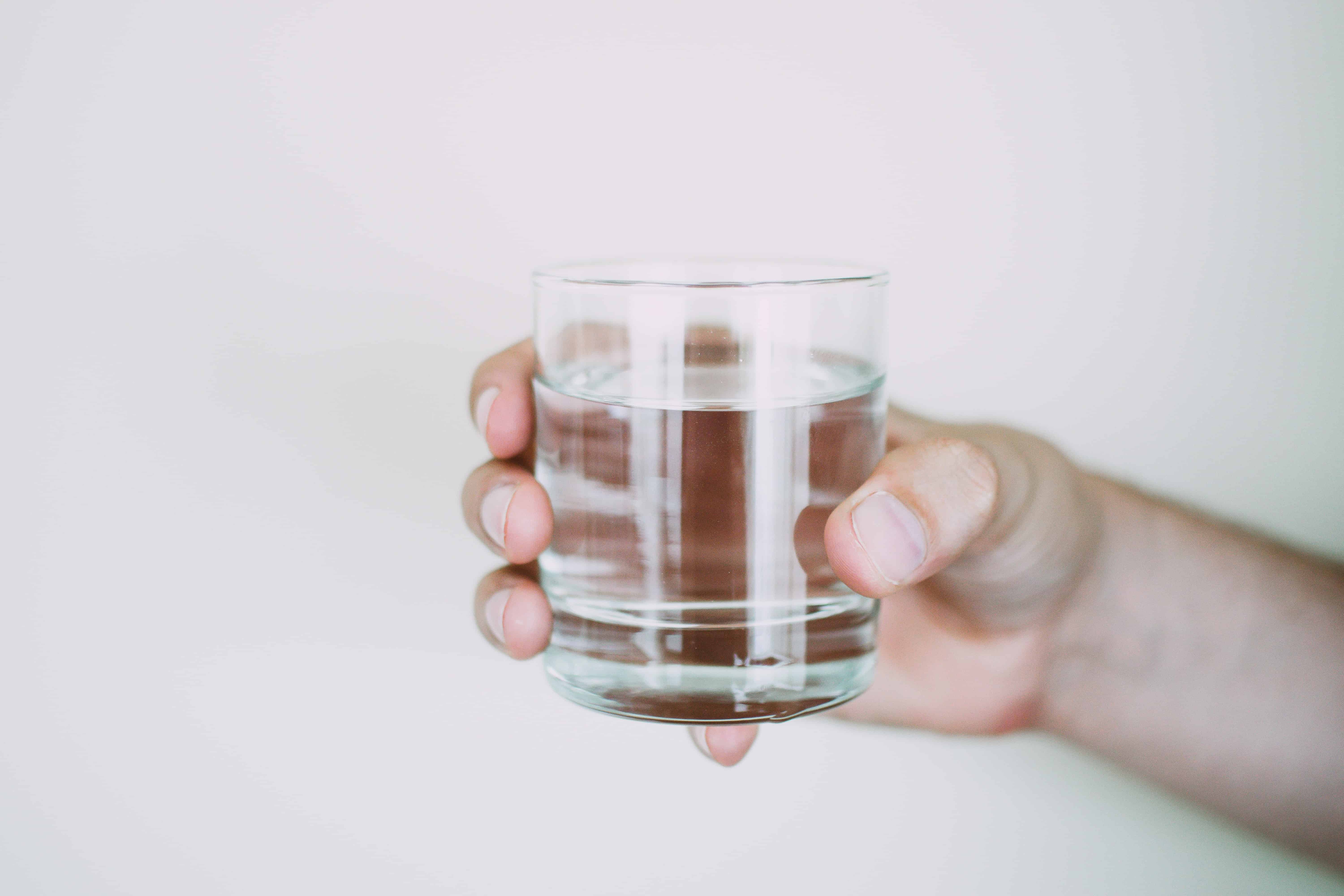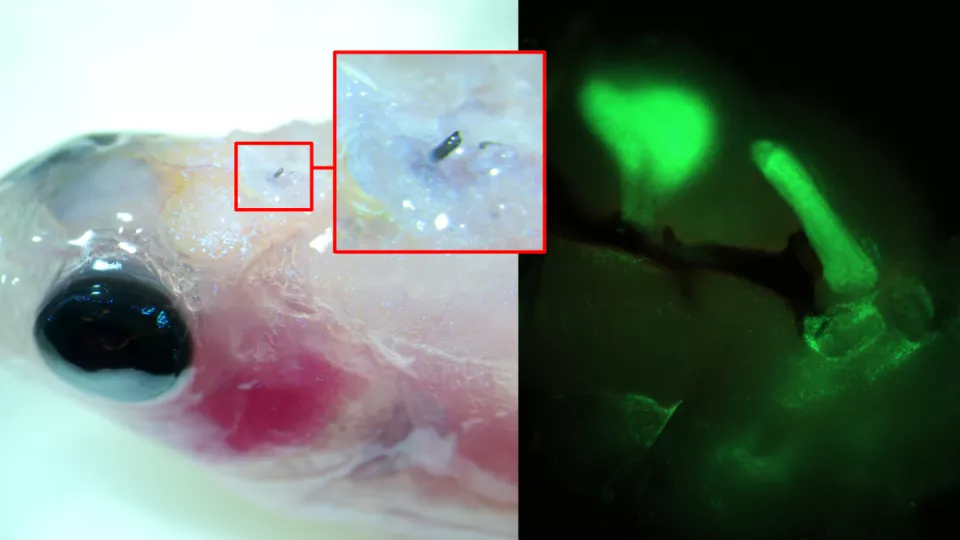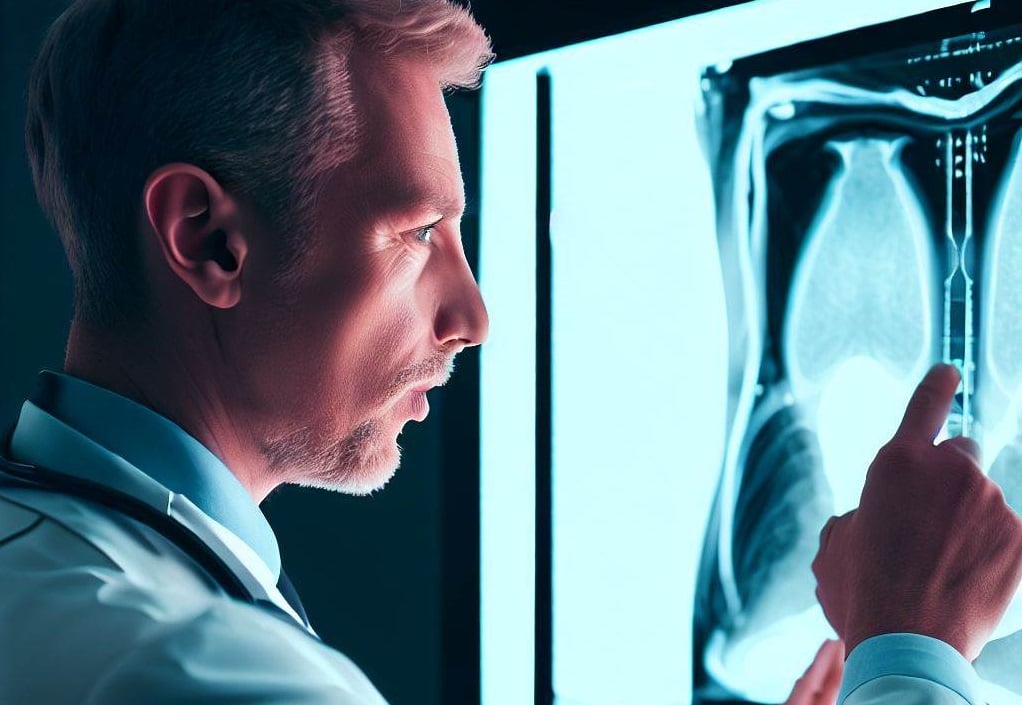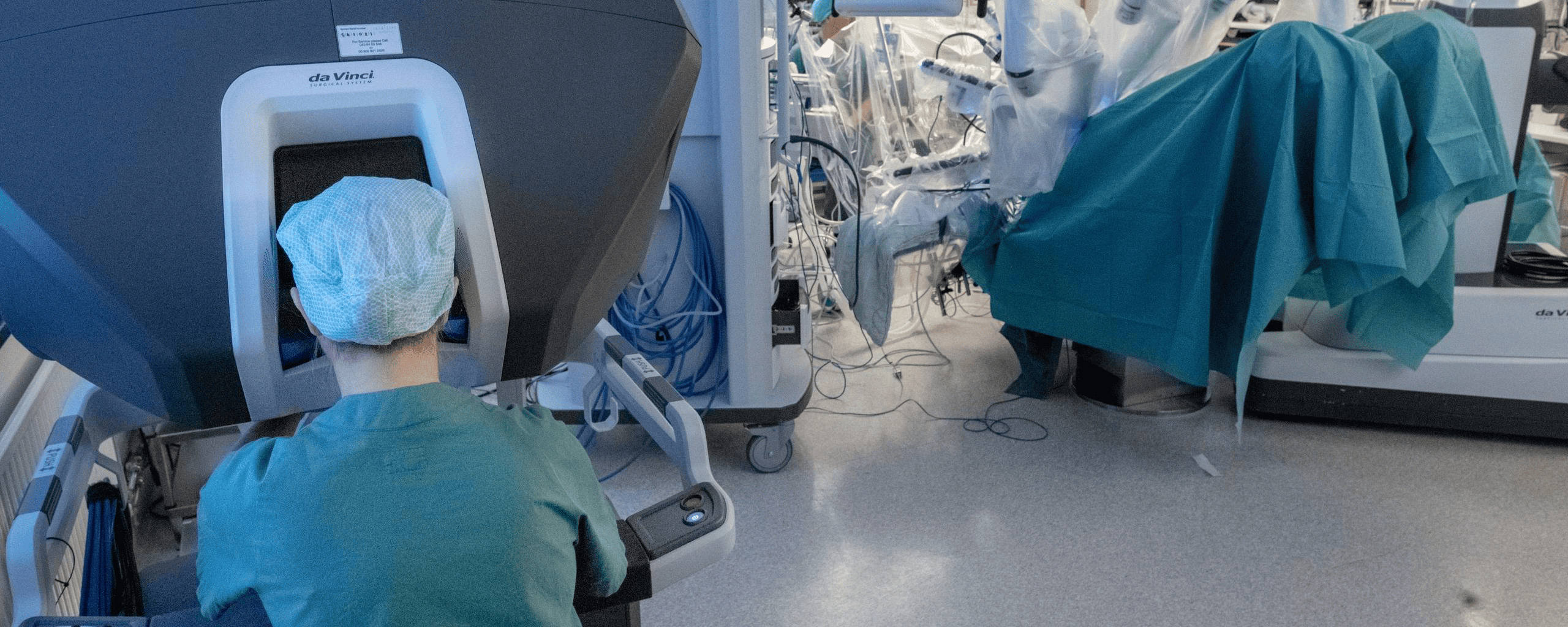
Swedish researchers at Lund University have discovered the potential for using predatory bacteria to create chlorine-free drinking water. In a study spanning six months, the team monitored bacterial flora in drinking water, both before and after chlorine removal. Results showed that with efficient filtration, harmless predatory bacteria, such as the newly discovered Bdellovibrio, can consume other bacteria, says the university in a press release. This suggests that alternative purification methods like ultrafiltration, UV light, or biofilters could replace chlorine in the future, although each technique has its pros and cons. Further research is required to assess the long-term impact of drinking water bacteria on human health.
- Swedish researchers have discovered that predatory bacteria, like Bdellovibrio, can be used to create chlorine-free drinking water.
- Alternative purification methods such as ultrafiltration, UV light, or biofilters can promote the growth of harmless predatory bacteria, providing a potential replacement for chlorine in water purification.
- Each alternative method has its pros and cons: ultrafiltration effectively removes pathogens but may struggle with smaller viruses, UV light disinfection is environmentally friendly but may be less effective in turbid water, and biofilters offer low-cost purification but can be influenced by environmental factors. Further research is needed to understand the long-term impact on human health.
The Biofilm Dilemma
Drinking water and the pipes that transport it host various types of bacteria, many of which have adapted to life in the presence of chlorine. These bacteria reside within a thin, slippery coating called a biofilm, which forms on the inside of pipe walls and provides protection and support. Chlorine’s primary function is to kill bacteria, particularly those that can cause illness in humans. However, the presence of biofilms makes it difficult for chlorine to eliminate all harmful bacteria.
Researchers at Lund University sought to explore the possibility of maintaining clean and safe drinking water without the use of chlorine. By monitoring the bacterial flora in Varberg, Sweden’s drinking water and pipes for six months before and after chlorine removal, the team aimed to understand the effects of alternative purification methods on bacterial composition.
Enter Bdellovibrio: A Predatory Solution
The study revealed that when chlorine was no longer present, certain bacteria starved, while others thrived. Among these thriving bacteria was a previously unseen type of predatory bacteria called Bdellovibrio. Bdellovibrio feeds on other bacteria, which led researchers to consider its potential use in water purification without the need for chlorine.
Efficient filtration, such as ultrafiltration, UV light, or biofilters, can promote the growth of harmless predatory bacteria like Bdellovibrio, which in turn can consume other bacteria. This suggests that these alternative methods could potentially replace chlorine in the water purification process, though each method comes with its own set of advantages and disadvantages.
Pros and Cons of Alternative Purification Methods
Ultrafiltration relies on a membrane-based system to remove bacteria and other contaminants from water. It is a relatively low-energy process that can effectively remove a wide range of pathogens. However, it may struggle to eliminate some smaller viruses and dissolved organic compounds.
UV light disinfection, on the other hand, can efficiently inactivate bacteria, viruses, and protozoa without the use of chemicals. While it is an environmentally friendly option, it may have reduced effectiveness in water with high levels of turbidity or suspended solids.
Biofilters, which use microorganisms to treat water, offer a low-cost and sustainable solution to water purification. They can remove a variety of contaminants, including bacteria and organic matter. However, their performance can be influenced by environmental factors, such as temperature and pH.
Looking Ahead: The Future of Chlorine-Free Drinking Water
The discovery of predatory bacteria like Bdellovibrio offers hope for a chlorine-free future in drinking water purification. However, further studies are necessary to fully understand the impact of drinking water bacteria on human health. By continuing to explore alternative purification methods and their effects on bacterial composition, researchers can work towards developing improved, more sustainable water treatment solutions.
As the world faces growing challenges related to water scarcity and pollution, the potential for using predatory bacteria to create clean, safe drinking water without relying on chlorine is an exciting and promising development. With continued research and innovation, we may soon see a shift towards more environmentally friendly and efficient water treatment methods.







